Leveraging IoT to Empower Data Center Rack Monitoring
In the fast-paced digital age, data centers play a critical role in supporting the increasing demand for computing power and storage. Efficient management and monitoring of data center infrastructure, such as racks housing servers and networking equipment, are essential to ensure optimal performance and reliability. With the rise of the Internet of Things (IoT) technology, data center operators now have powerful tools at their disposal to enhance monitoring capabilities and streamline operations.
What is a Data Center Rack?
A data center rack is a specialized frame or cabinet used to house servers, networking equipment, and other computing hardware within a data center environment. These racks are designed to organize and efficiently store multiple pieces of equipment in a compact and standardized manner.
Data center racks typically have standardized dimensions to ensure compatibility with various types of equipment. They often include features such as cable management systems, cooling mechanisms, power distribution units (PDUs), and locking mechanisms for security.
Racks are commonly measured in rack units (U or RU), with each unit equivalent to 1.75 inches (44.45 mm) in height. Equipment is mounted within the rack using mounting rails or shelves to secure the hardware in place.
In summary, a data center rack is a fundamental component of a data center infrastructure that provides a structured and secure housing for servers and networking devices
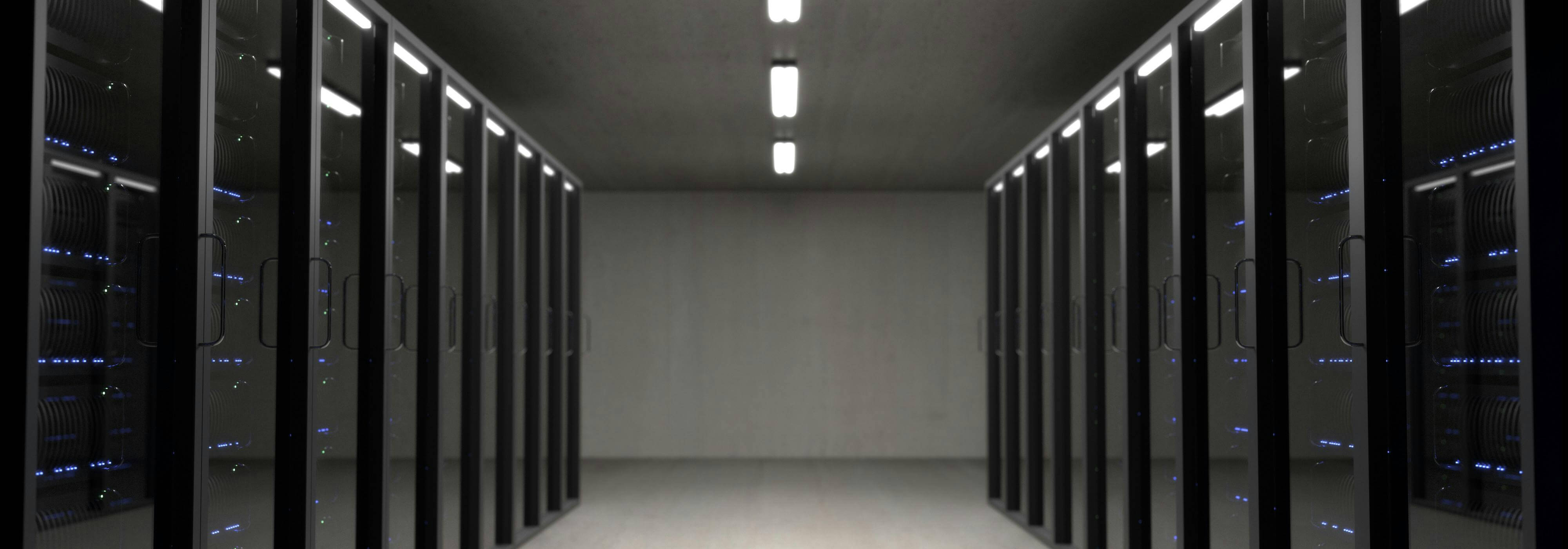
Image source: Manuel Geissinger
https://www.pexels.com/zh-cn/@artunchained/
What Systems Are Included in A Data Center Rack Monitoring System?
A data center rack monitoring system typically consists of the following key components:
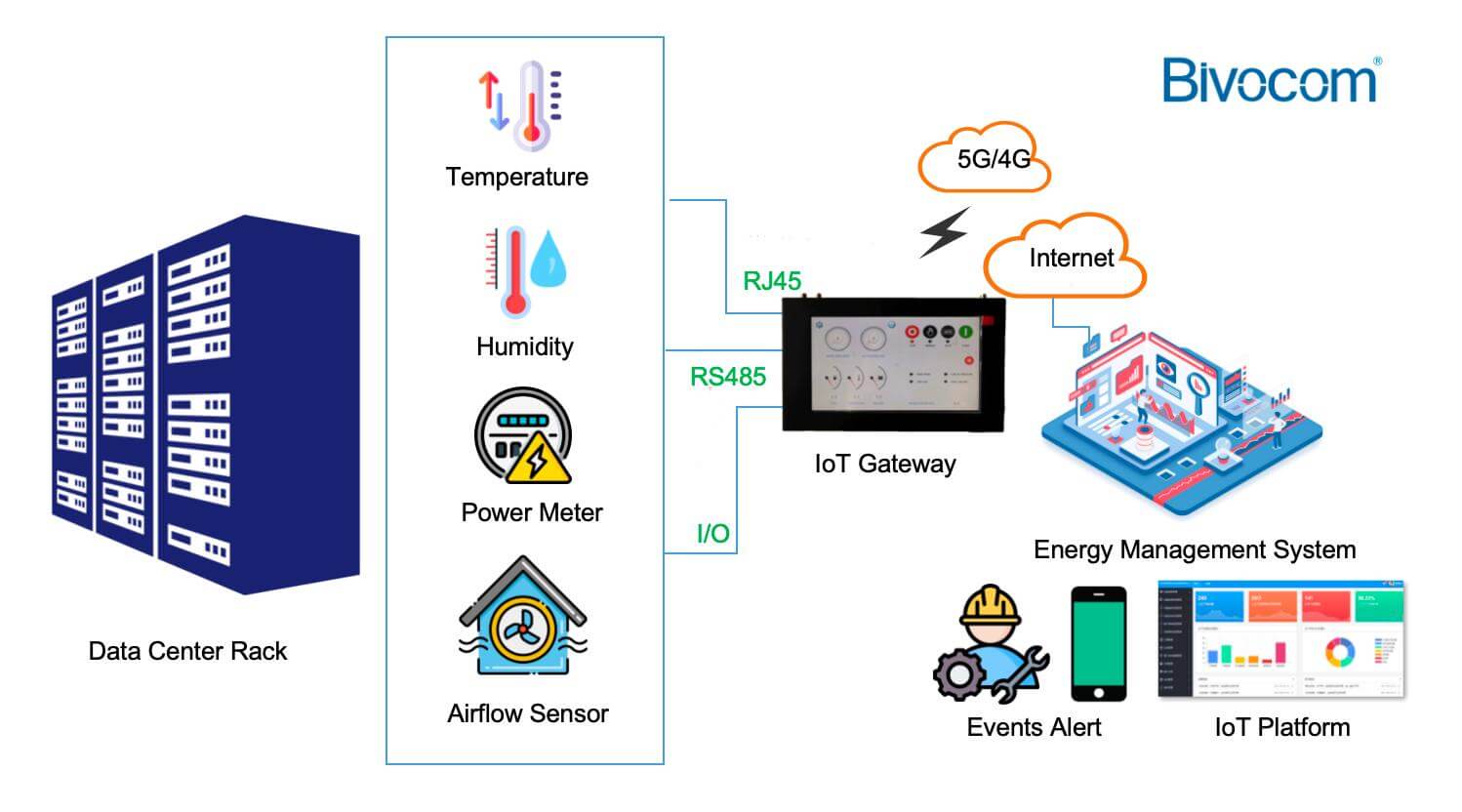
Sensors: IoT sensors are deployed within the racks to collect real-time data on various environmental conditions and equipment parameters. Common sensors include temperature sensors, humidity sensors, power meters, airflow sensors, door sensors, and water leak detectors. These sensors provide crucial data points for monitoring the health and performance of the equipment housed in the rack.
Gateway Devices: Gateway devices are responsible for collecting data from sensors within the rack and transmitting it to a centralized monitoring system or cloud platform. These devices often serve as communication hubs that aggregate and relay data securely over network protocols such as Ethernet, Wi-Fi, or Zigbee.
Monitoring Software: A monitoring software platform processes and analyzes the data collected by sensors to provide actionable insights and real-time alerts to data center operators. The software typically includes dashboards, visualization tools, reporting functionalities, and customizable alerts for monitoring key metrics and trends.
Remote Management Tools: Remote management tools enable data center operators to access and control rack monitoring systems from a centralized location or remotely via a web-based interface or mobile application. These tools allow operators to perform maintenance tasks, configure sensor settings, and receive alerts on their mobile devices.
Analytics and Reporting: Analytics tools within the monitoring system help in interpreting historical data trends, predicting potential issues, and optimizing rack performance. These tools enable operators to make data-driven decisions, identify areas for improvement, and track key performance indicators over time.
Alarm and Alerting System: An alarm and alerting system within the monitoring platform notifies operators in real-time about critical events, anomalies, or threshold breaches detected by the sensors. Alerts can be delivered through email, SMS, or push notifications to ensure timely response to issues that require immediate attention.
Integration Interfaces: Integration interfaces allow the monitoring system to communicate with other data center infrastructure management (DCIM) systems, building management systems (BMS), or third-party applications for seamless data sharing and interoperability. Integration capabilities enhance the overall visibility and efficiency of data center operations.
By incorporating these components into a comprehensive data center rack monitoring system, operators can proactively monitor, manage, and optimize the performance of their infrastructure to ensure reliability, efficiency, and compliance with industry standards
How IoT Empowers Data Center Rack Monitoring
IoT technology enables data center operators to collect real-time data from various sensors and devices deployed within the racks. By leveraging IoT sensors, such as temperature sensors, humidity sensors, power meters, and door sensors, operators can monitor key environmental conditions and equipment status remotely. This real-time data allows for proactive maintenance, early detection of issues, and better decision-making to optimize rack performance and energy efficiency.
One of the key benefits of IoT-enabled rack monitoring is predictive maintenance. By analyzing data collected from IoT sensors, data center operators can identify patterns and trends that indicate potential issues before they escalate into critical failures. This proactive approach helps to reduce downtime, minimize the risk of hardware failures, and extend the lifespan of equipment.
Moreover, IoT technology enables data center operators to implement intelligent cooling strategies based on real-time temperature and humidity data within the racks. By dynamically adjusting cooling settings according to actual conditions, operators can optimize energy usage, improve cooling efficiency, and reduce operational costs.
Remote monitoring and management capabilities provided by IoT empower data center operators to access critical data from anywhere at any time. This flexibility allows for quick response to alerts, efficient troubleshooting, and the ability to make informed decisions even when off-site. Through centralized dashboards and analytics platforms, operators can gain valuable insights into the overall health and performance of their data center racks.
Security is a prime concern in data centers, and IoT technology introduces new considerations for safeguarding sensitive data. Data encryption, secure communication protocols, access control mechanisms, and regular software updates are essential measures to protect IoT-enabled rack monitoring systems from potential security threats.
In conclusion, IoT technology offers unprecedented opportunities to empower data center rack monitoring with enhanced visibility, predictive insights, operational efficiency, and remote management capabilities. By harnessing the power of IoT sensors and data analytics, data center operators can unlock new levels of agility, reliability, and cost-effectiveness in managing their infrastructure. Embracing IoT in data center rack monitoring is not just a technological advancement—it is a strategic imperative for staying ahead in the evolving landscape of data center operations.
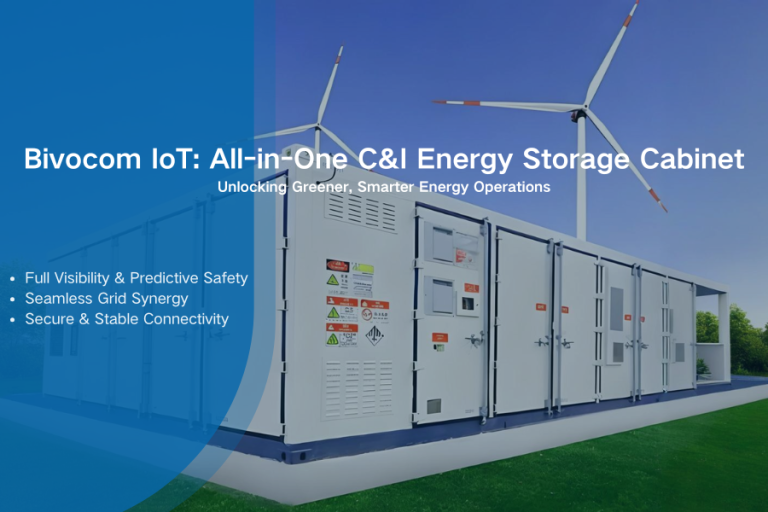
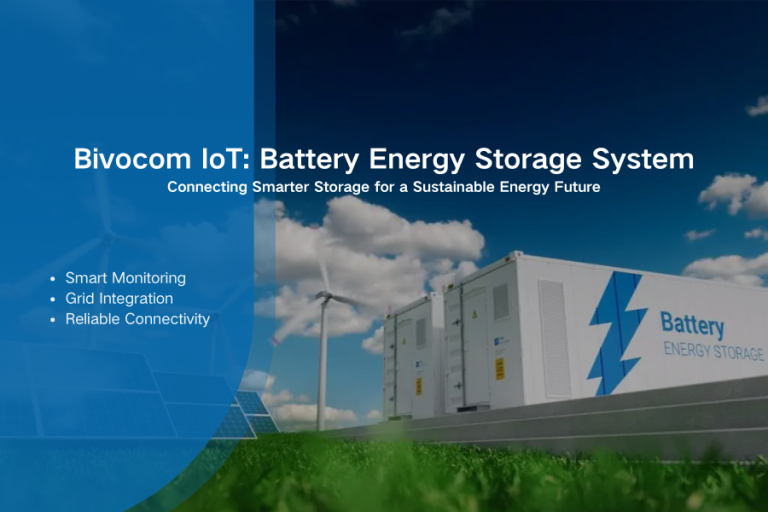
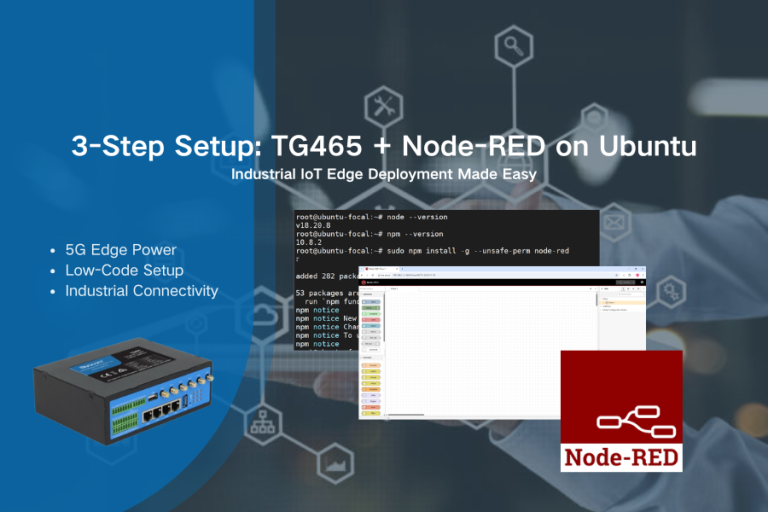
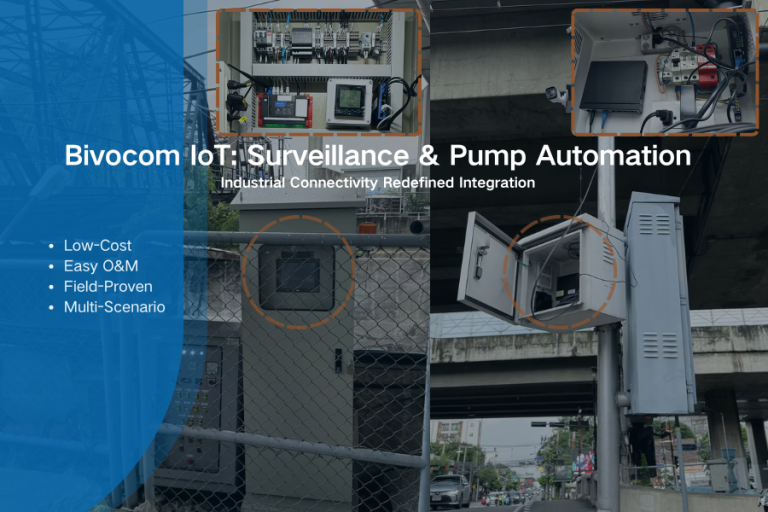
Comment